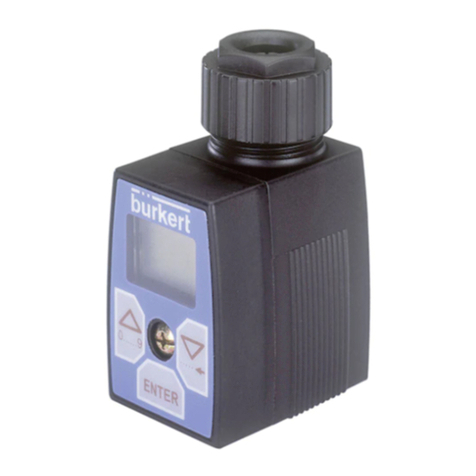Burkert 8137 User manual
Other Burkert Transmitter manuals
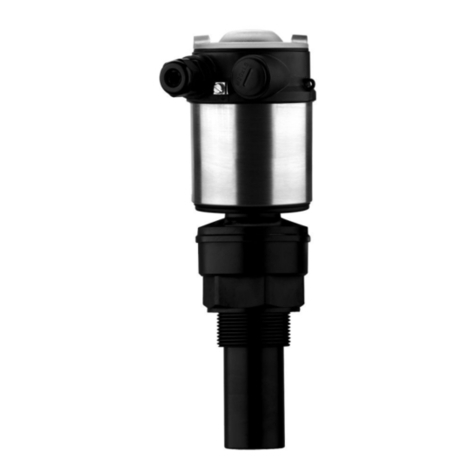
Burkert
Burkert 8176 Installation instructions
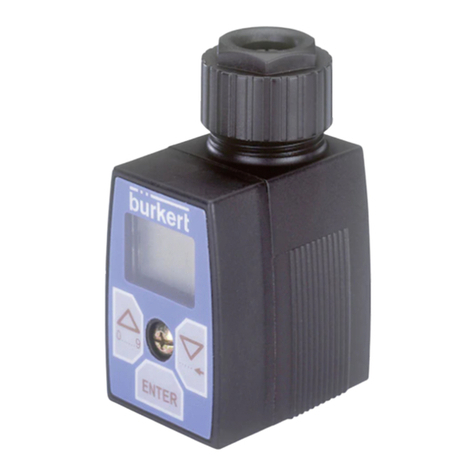
Burkert
Burkert 8022 Series User manual

Burkert
Burkert 8225 User manual
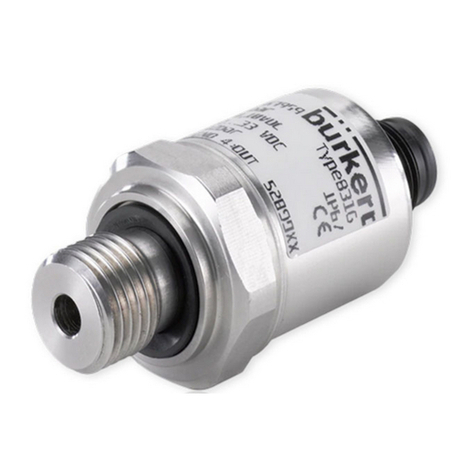
Burkert
Burkert 8316 User manual
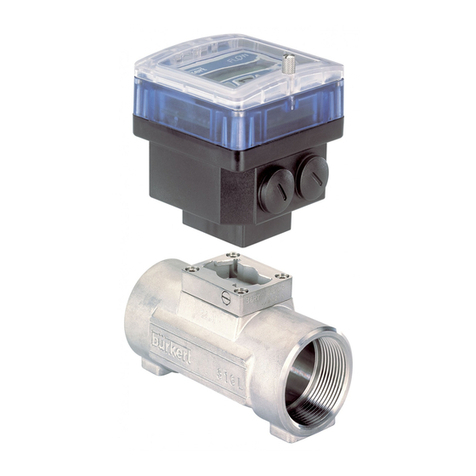
Burkert
Burkert 8035 User manual

Burkert
Burkert 8311 User manual
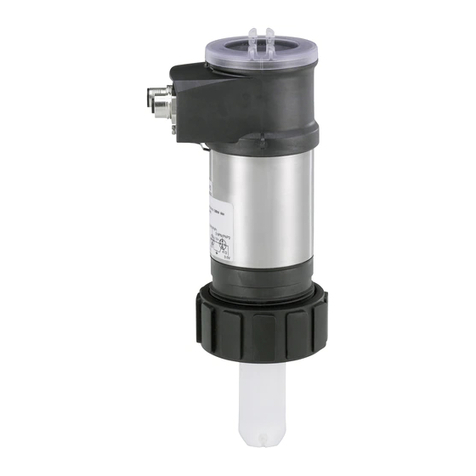
Burkert
Burkert 8026 User manual

Burkert
Burkert SE56 User manual

Burkert
Burkert 8025 Series User manual
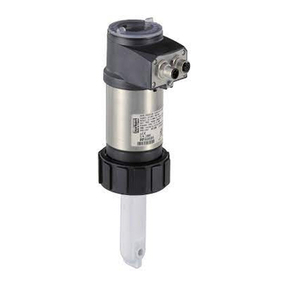
Burkert
Burkert 8222 ELEMENT NEUTRINO User manual

Burkert
Burkert 8285 User manual
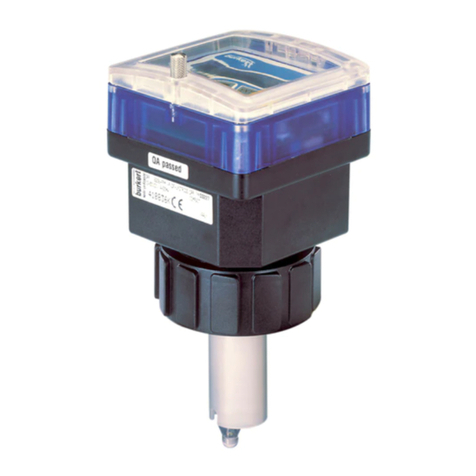
Burkert
Burkert 8206 User manual

Burkert
Burkert 8022 Series User manual
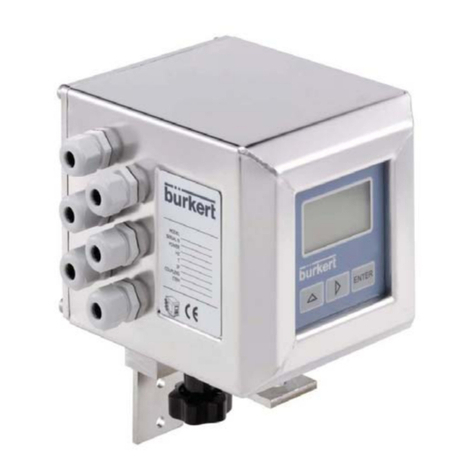
Burkert
Burkert SE56 Operating instructions

Burkert
Burkert SE58 S User manual
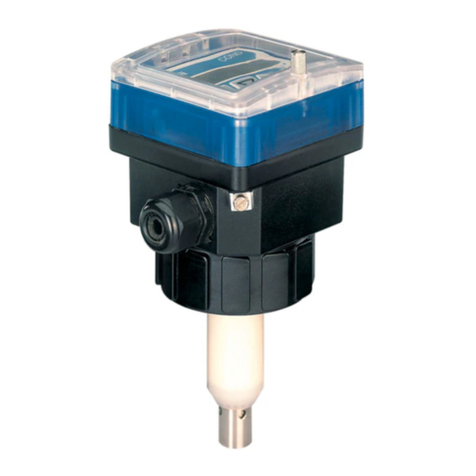
Burkert
Burkert 8225 User manual
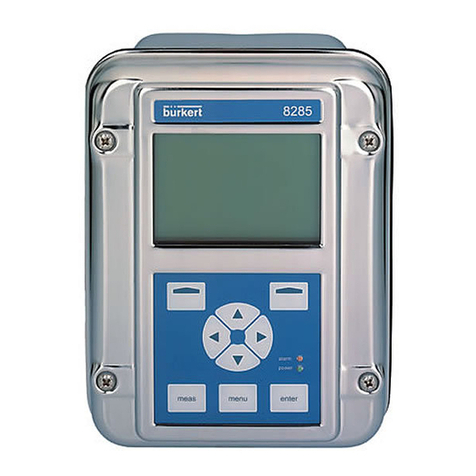
Burkert
Burkert 8285 User manual

Burkert
Burkert 8225 User manual
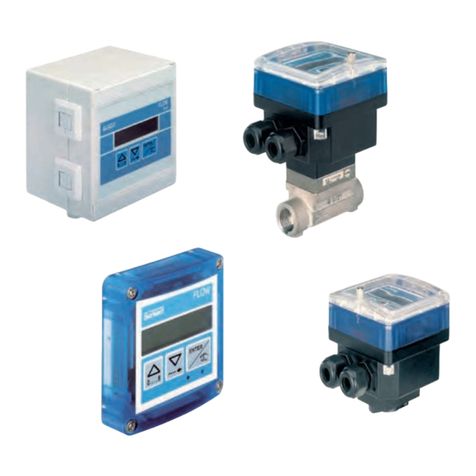
Burkert
Burkert 8025 Series User manual
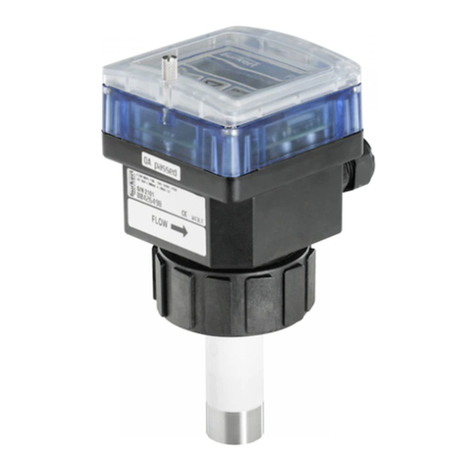
Burkert
Burkert 8045 User manual
Popular Transmitter manuals by other brands

Geo
Geo Web Pack quick start guide

Inovonics
Inovonics EchoStream EN1210W installation instructions

IKONNIK
IKONNIK KA-6 quick start guide

Rohde & Schwarz
Rohde & Schwarz SR8000 Series System manual

Audio Technica
Audio Technica UniPak ATW-T93 Installation and operation

NIVELCO
NIVELCO EasyTREK SCA-300 Series Programming manual



